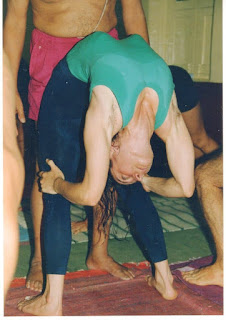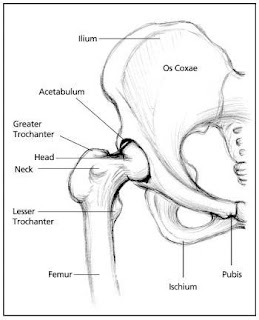 |
| The 3 amigos |
Actually, I'm much more interested in tracking how much they sleep since it is a well know fact that Singaporeans do not get enough sleep. In fact, a survey showed that 41 percent of Singapore adults get between 4 to 6 hours of sleep a night even though they should be clocking in 7 to 8 hours.
That is bad news as shown by neuroscience Professor Michael Walker in his 2017 New York Times bestseller Why We Sleep. More than 20 large scale epidemiological studies tracking millions of people over many decades showed that "the shorter your sleep, the shorter your life".
In fact Professor Walker suggested that "leading causes of disease and death in developed nations - cue disease, obesity, dementia, diabetes and cancer - all have causal links to a lack of sleep".
The cost to mental health is significant too. Sleep problems may increase risk for developing certain mental illnesses like depression and anxiety disorders, as well as result from them.
Back to kids. It is difficult enough raising a child, but when a child is a student athlete, another layer is added.
 |
| My boys and their trackers |
Think of it like a car. Your student athlete is the car and you need to have good fuel in the car. Parents and child can work together to plan meals based on the student's weekly schedule.
Sleep is the best way for your child's body to recover. It trumps all the compression garments, recovery food, sports drinks etc. With enough sleep there is less chances of your child falling sick and getting injured.
Quality sleep is better than long hours, but good to have both. And it's best to rest without distractions like a mobile phone buzzing through out the night. Also be wary that an activity tracker may overestimate total sleep time (Lee et al, 2019).
One of my patient's child used to be a elite junior triathlete. She would keep the child's phone at bedtime as her child would be using the phone and not sleeping if she didn't.
Conversing with your child athlete while having healthy sit down meals as a family (without your phones) will help touch on many of these points.
Good nutrition, regular, early sleep schedule and physical activity as a family. Make that your priority in the new year.
Reference
XK Lee, Chee NIYN, JL Ong et al (2019). Validation Of a Consumer Sleep Wearable Device With Actigraphy And Polysomnography In Adolescents Across Sleep Opportunity Manipulations. K Clin Sleep Med. 15(9): 1337-1346.
The above article is done by Singapore researchers at the Centre for Cognitive Neuroscience, under the Duke-NUS Medical School.
I love this picture I took from a book - Goodnight Darth Vader which I bought for my son by Jeffrey Brown.



















































